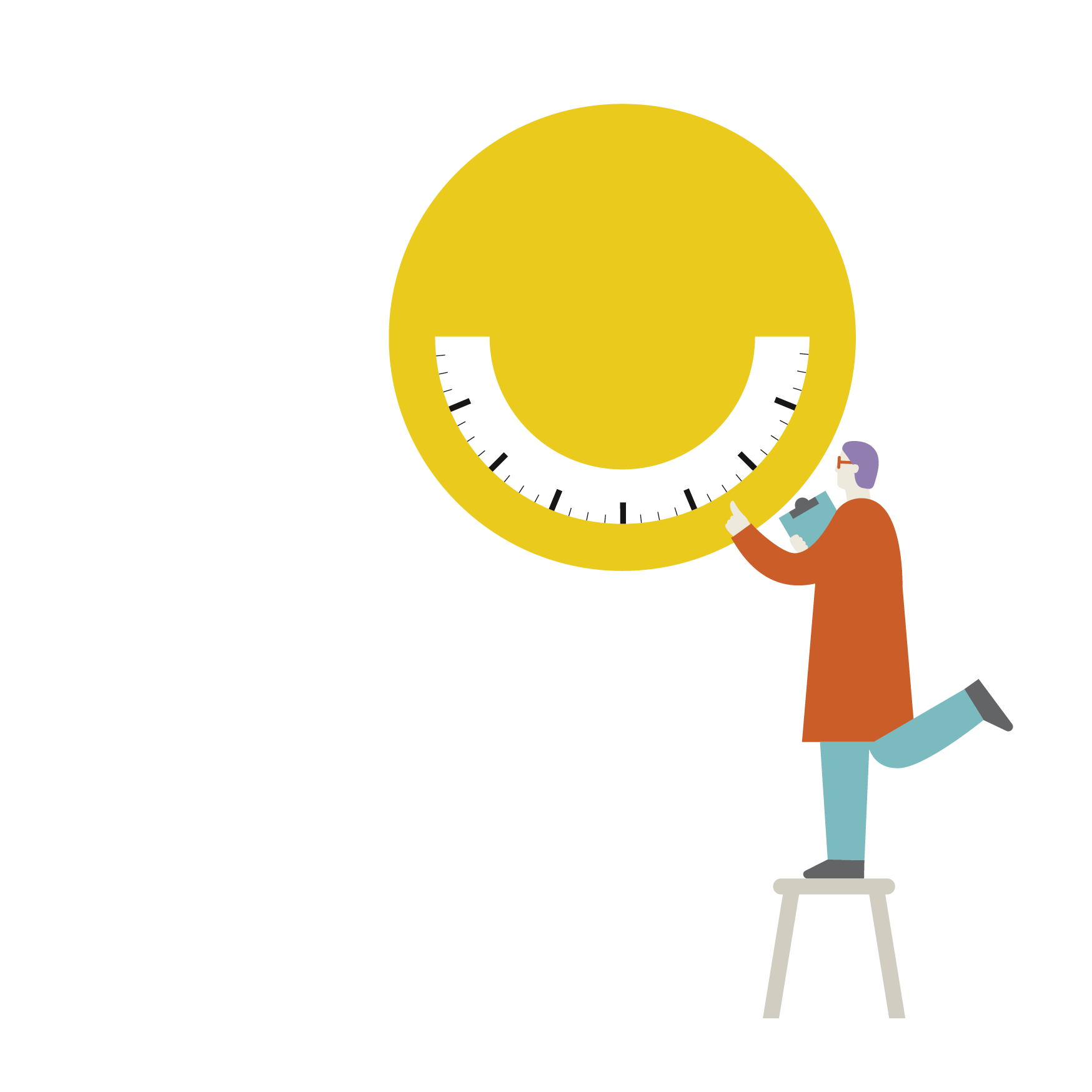“As people pass that 65-year-old threshold, the intrinsic factors become more important. People invite connections, and contributing to something bigger than just oneself really seems to become far more important.”—Beverly Smith, Executive General Manager of Residential Communities, Australian Unity.
Key points
- Wellbeing Index data shows that people aged 76 and over have the highest wellbeing of all.
- The low point for life satisfaction, however, comes in midlife—specifically between the ages of 46 and 55.
- Research shows us that what makes us happy changes as our life priorities evolve.
While old age is often characterised as a never-ending parade of wrinkles, creaky joints and loneliness, Australian Unity Wellbeing Index research shows that, aside from a slight dip in middle age, our general satisfaction with life trends consistently upward through to retirement and beyond.

Older people are the happiest
In fact, the data shows that people aged 76 and over have the highest wellbeing of all.
“As people age, they often become more comfortable in their own skin,” says Beverly Smith, Executive General Manager of Residential Communities at Australian Unity.
“They’ve achieved a lot of the things that they want to, and they’re now in that headspace where they can kick back and enjoy life without some of the financial pressures that younger people might feel.”
Mid-life angst
The low point for life satisfaction, however, comes in midlife—specifically between the ages of 46 and 55.
It’s a time when people often get caught in a crossfire of competing financial and emotional pressures. They may be juggling more responsibility at work while raising a family and coping with the demands of elderly parents.
Beverly believes this can also be a period of intense self-scrutiny where people struggle to reconcile their actual circumstances with their earlier hopes and dreams. “I think there’s a lot of fear of missing out through that decade,” she says.
“This time is when people imagine they’d be successful in their career, have a big house and the mortgage paid down. But the reality is that a lot of those goals are either very difficult to achieve or simply keep moving.”
Changing values
What makes us happy changes as our life priorities evolve. As we age, our health tends to decline—and so does our satisfaction with our physical wellbeing.
Fortunately, this downturn is offset by a host of compensating factors in most of life’s other key domains.
The Australian Unity Wellbeing Index shows that, as the years tick by, we develop a greater sense of satisfaction with our standard of living, our relationships, our sense of community and our future security.
It’s another indication that our overall sense of wellbeing relies on considerably more than just basic good health.
The social network
Community connectedness is proven to contribute greatly to our sense of wellbeing—and, despite widespread concern about social isolation as we age, it’s something that many older Australians have in abundance.
Our research found that connectedness steadily increases after the age of 55, with people over 76 reporting the highest levels of connectedness.
Reassuringly, our satisfaction with social support also increases with age. While loneliness does increase for people aged 76-plus, the overall picture for ageing and wellbeing is a positive one—meaning that these really might be the golden years after all.








